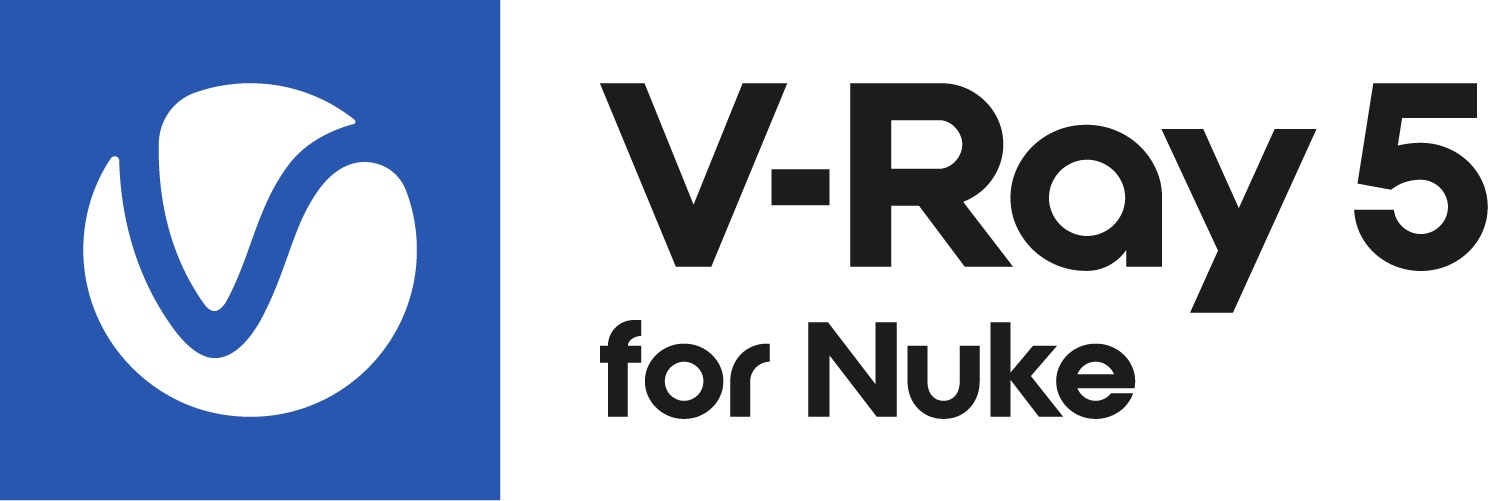This page provides information on installing V-Ray for Nuke through a silent installation.
Overview
A silent installation allows you to complete the V-Ray installation without user input during the process using a predefined set of options. To set up a silent installation follow the instructions below.
By using the Chaos installer for automatic installation with the respective options for that (-auto or -quiet=1), or otherwise installing a Chaos product, you accept the Chaos End User License Agreement and the Chaos Global Consumer Privacy Policy.
Windows
Run the installation file from the command prompt with the -gui=0 argument. You can also add the -auto flag to make the installation automatic with default settings. Note that this accepts both the EULA and the Privacy Policy.
vray_adv_50000_nukex_x64.exe -gui=0
Follow the instructions of the install and set-up the installation the way you want to have it on all machines This will create a file named config.xml in the folder of the installation file.
When you want to install V-Ray with the same configuration, you only need the config.xml file. Run the installer with the following command:
vray_adv_ 50000_nukex _x64.exe -gui=0 -configFile="xml_file.xml" -quiet=1
The -quiet=1 argument will cause the installer to read the variable values from the .xml file and do the installation without user input. It will also accept the EULA. If you do not specify the -quiet=1 option, the installer will ask for a confirmation of each variable before proceeding.
Linux
To perform a silent install first run the installer with the “ -gui=0 ” argument. You can also add the -auto flag to make the installation automatic with default settings. Note that this accepts both the EULA and the Privacy Policy:
$ sudo ./vray_adv_ 50000_nukex _linux_x64 -gui=0
Follow the instructions and set up the installation in the way you want it to be installed on all machines. Once the installation is complete, a file named config.xml is created in the folder from which the installation was run. You can now use this file to configure your silent install on other machines. To do that, run the installer with the following arguments:
-configFile="config.xml" -gui=0 -quiet=1 -ignoreErrors=1
$ sudo ./vray_adv_ 50000_nukex _linux_x64 -configFile="config.xml" -gui=0 -quiet=1 -ignoreErrors=1
Configuration File
The config.xml file holds configuration information about the settings of the installation. Below is an example of such a config file.
<DefValues> <Value Name="PROGRAMFILES" DataType="value">C:\Program Files</Value> <Value Name="NUKEROOT" DataType="value">C:\Program Files\Nuke9.0v1\</Value> <Value Name="STDROOT" DataType="value">C:\Program Files\Chaos Group\V-Ray\Nuke 9.0 for x64</Value> <Value Name="PLUGINS" DataType="value">C:\Program Files\Nuke9.0v1\plugins\vray</Value> <Value Name="NUKE_PLUGINS" DataType="value">C:\Program Files\Common Files\Nuke\9.0\plugins\vray</Value> <Value Name="STARTMENUPROG" DataType="value">C:\ProgramData\Microsoft\Windows\Start Menu\Programs</Value> <Value Name="OPEN_CHANGELOG" DataType="value">0</Value> <Value Name="REMOTE_LICENSE" DataType="value">0</Value> <Value Name="REG_LIC_SERVER" DataType="value">1</Value> <Value Name="FIREWALL_EXCEPTION" DataType="value">1</Value> <Value Name="SHOULDUNINSTALL" DataType="value">1</Value> <Value Name="REVERT_INSTALL" DataType="value">1</Value> </DefValues>
Below is a description of the variables of the installer:
NUKEROOT | Specifies the root Nuke folder. |
PLUGINS | Specifies the plugins folder for Nuke |
NUKE_PLUGINS | Specifies the location of the additional V-Ray plugins for Nuke |
OPEN_CHANGELOG | Specifies whether or not to open the Change Log once the installation is complete 0 - does not open the Change Log. 1 - opens the Change Log. |
REMOTE_LICENSE | Specifies whether the V-Ray license server runs locally or on another machine. 0 - the license server runs locally on the same machine. 1 - the server is on a different machine in the network. |
Notes
- Running the installer with the -quiet=1 argument will also accept the EULA.
